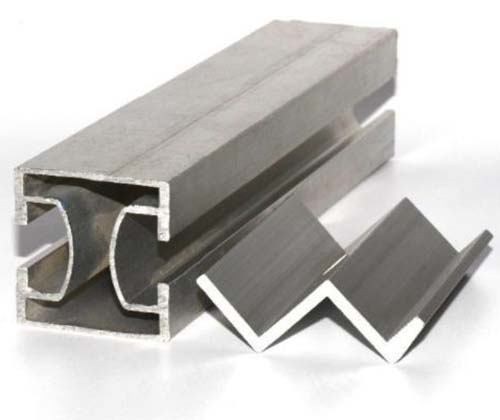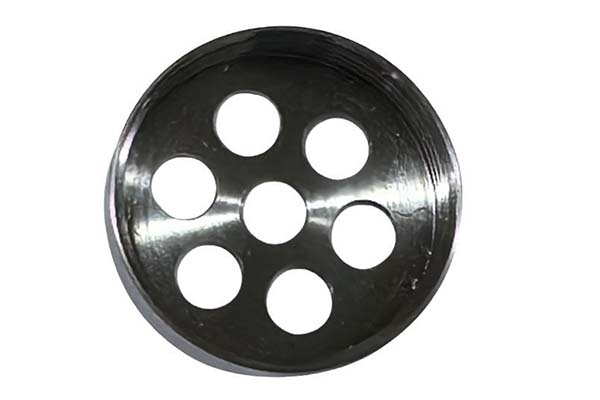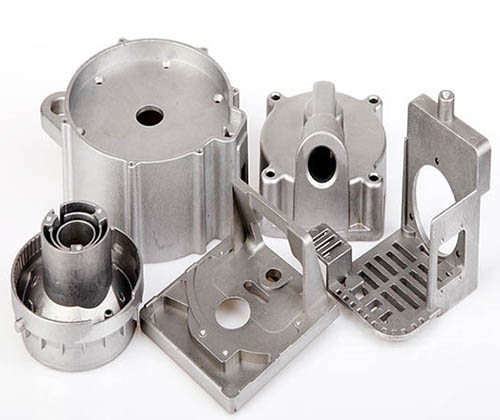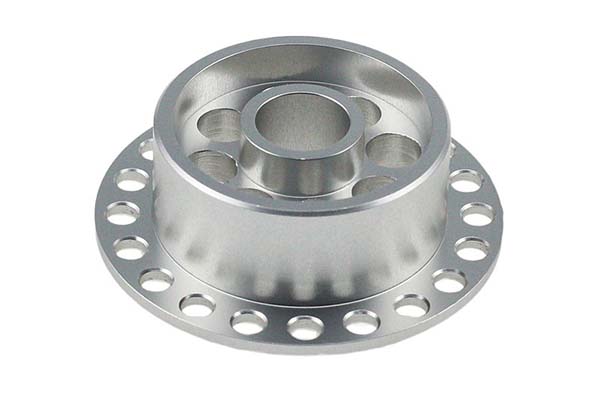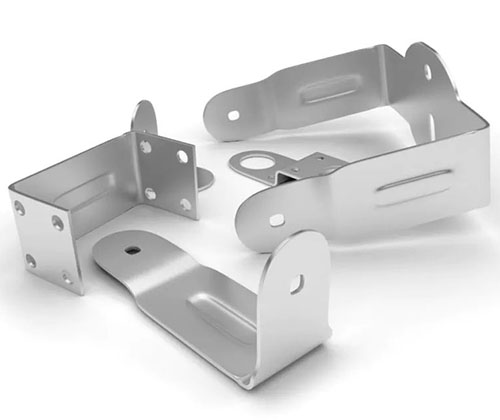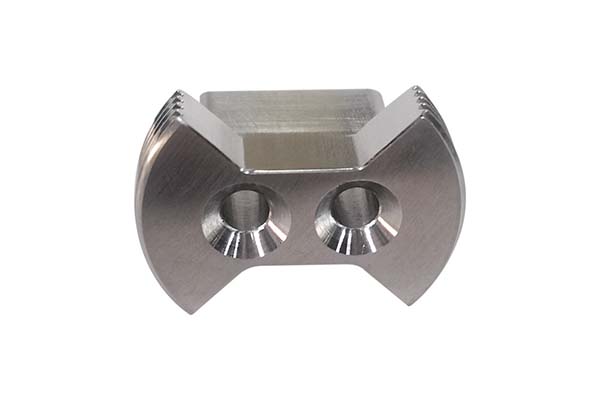You’ve chosen ZAMAK for its reputation as a high-performance zinc alloy, expecting parts with consistent strength, smooth finishes, and easy castability. But your production line is struggling: some castings are brittle and crack under light pressure, while others have porous interiors that fail quality checks. Maybe the tensile strength varies batch to batch, or the die is wearing faster than expected, hiking costs. Worse, your “high-detail” parts lack sharp edges, requiring expensive rework—undermining ZAMAK’s promise of precision.
ZAMAK—short for Zinc-Aluminum-Copper-Magnesium alloys—are the most widely used zinc-based alloys in die casting. Their carefully balanced alloy composition (typically 95% zinc, 3-4% aluminum, 0.25-1% copper, and trace magnesium) delivers unmatched castability, strength, and consistency. But unlocking their potential requires mastering the die casting process, from hot-chamber setup to post-treatment. In this guide, we’ll dive into die casting ZAMAK, helping you create parts that leverage its unique properties for high-volume, high-precision applications.
Material Properties: The Science of ZAMAK’s Success
ZAMAK alloys stand out among zinc-based alloys due to their refined material properties—a synergy of elements that balances strength, fluidity, and durability:
- Mechanical performance: ZAMAK’s mechanical properties are tailored by its composition. ZAMAK 3 (Zn-4%Al-0.04%Mg) offers a tensile strength of 320 MPa, yield strength of 230 MPa, and elongation of 12%—ideal for general-purpose parts. ZAMAK 5 (with 1% copper) boosts hardness to 82 HB (vs. 72 HB for ZAMAK 3) for wear-resistant parts like gears. ZAMAK 2 (higher copper) and ZAMAK 7 (lower aluminum) cater to specialized needs, like improved creep resistance. All ZAMAK alloys have a density of 6.6-6.7 g/cm³—heavy enough for a premium feel in consumer products but lighter than steel.
- Casting fluidity and structure: ZAMAK’s eutectic composition (a mix that melts at a lower temperature than its components) gives it exceptional casting fluidity. It flows into thin walls (as thin as 0.5 mm) and sharp corners, capturing fine details critical for decorative items or electrical connectors. Its grain structure—fine and uniform when properly cast—enhances strength and reduces porosity. The addition of magnesium (0.02-0.06%) stabilizes the alloy, preventing intergranular corrosion and improving material purity.
- Conductivity and corrosion resistance: ZAMAK offers moderate electrical conductivity (18-22% IACS) and thermal conductivity (105 W/m·K), suitable for electrical housings and heat-dissipating parts. While less corrosion-resistant than stainless steel, it forms a protective oxide layer that resists mild moisture. For harsh environments, plating (chrome, nickel) or painting easily enhances its corrosion resistance—a process simplified by ZAMAK’s smooth as-cast surface.
Die Casting Process: Optimizing for ZAMAK
ZAMAK’s low melting point (380-420°C) makes it ideal for hot-chamber die casting—a faster, more efficient process than cold-chamber methods used for aluminum:
- Hot-chamber advantages: In hot-chamber die casting, the injection mechanism is submerged in molten ZAMAK, eliminating the need to transfer metal to the shot sleeve. This reduces cycle time (10-30 seconds per part) and minimizes oxide formation, improving material purity. Key parameters include injection speed (2-4 m/s) and injection pressure (20-50 MPa)—lower than aluminum, reducing die wear. The die (usually H13 tool steel) is preheated to 150-200°C to ensure smooth flow and prevent cold shuts.
- Die design and controls: ZAMAK’s fluidity demands precise die design. Draft angles of 0.5-1° per side ease ejection, while venting (0.1 mm gaps) prevents gas entrapment—critical for avoiding porosity. The gating system should use wide, short runners to deliver metal evenly, with parting lines positioned to minimize flash. Cooling rate is controlled via water channels: faster cooling (50-100°C/s) refines grain structure, but uneven cooling causes warping. Die lubrication (graphite-based) is applied sparingly to avoid residue that mars surfaces.
- Post-casting steps: ZAMAK parts require minimal post-casting treatment thanks to their smooth as-cast finish (Ra 1-2 μm). Trimming removes flash, while shot blasting (with 80-120 grit media) cleans surfaces for plating. Unlike other alloys, ZAMAK rarely needs heat treatment—annealing at 100-150°C can relieve stress in thick-walled parts but may soften the metal. Quality control includes X-ray for porosity, hardness testing, and dimensional checks (±0.03 mm for small parts) to ensure consistency.
Applications: Where ZAMAK Shines Brightest
ZAMAK’s versatility makes it indispensable across industries, from automotive to consumer goods:
- Automotive and hardware: Automotive parts like door handles, window cranks, and automotive interiors rely on ZAMAK for its precision and cost. Its smooth surface accepts plating, matching chrome accents in luxury cars. Hardware components (hinges, locks, brackets) benefit from ZAMAK 5’s wear resistance—hinges last 50% longer than those made from pure zinc. The fast cycle time keeps up with automotive production volumes, with millions of ZAMAK parts produced daily.
- Electrical and consumer products: Electrical connectors and electrical housings use ZAMAK for its electrical conductivity and tight tolerances—pins and sockets fit precisely, ensuring reliable connections. Toys, hand tools, and kitchen gadgets leverage its heft and detail reproduction—action figures have sharp features, while tool handles feel solid. Lighting fixtures and decorative items showcase ZAMAK’s ability to replicate intricate designs, from filigree to logos, without secondary machining.
- Industrial and medical: Industrial equipment (pump components, gear housings) uses ZAMAK for its strength and resistance to oils. Medical devices (instrument handles, enclosure parts) benefit from its smooth surface, which is easy to sterilize. ZAMAK’s biocompatibility (when plated) makes it safe for non-implantable medical tools.
Performance and Benefits: Why ZAMAK Leads
ZAMAK die castings offer performance and benefits that make them the top choice for high-volume precision parts:
- Precision and detail: ZAMAK’s fluidity captures details as small as 0.1 mm—critical for electrical connectors or decorative items. Its dimensional accuracy (±0.02 mm for parts under 50 mm) reduces assembly issues, while its smooth surface (Ra <2 μm) cuts plating costs. This precision eliminates the need for post-machining in most cases.
- Efficiency and cost: Hot-chamber die casting for ZAMAK delivers cycle times 3-5x faster than aluminum’s cold-chamber process, slashing per-unit costs. ZAMAK’s low melting point reduces energy use, and its long die life (1 million+ cycles) lowers tooling expenses. Scrap ZAMAK is 100% recyclable, with reclaimed material maintaining full properties—reducing waste and material costs.
- Strength and versatility: ZAMAK’s high-strength-to-weight ratio outperforms plastics and many non-ferrous metals. Its compatibility with plating (chrome, nickel) and painting allows customization for aesthetics or corrosion resistance. Unlike brittle plastics, ZAMAK withstands drops and impacts, making it ideal for hand tools and toys.
Yigu Technology’s Perspective: Mastering ZAMAK Die Casting
At Yigu Technology, we specialize in ZAMAK die casting for clients needing high-volume, high-precision parts. We tailor alloy composition to application—ZAMAK 3 for general use, ZAMAK 5 for wear resistance—and optimize hot-chamber parameters (injection speed, cooling rate) to ensure consistency. Our die designs feature precision venting and gating systems to capture sharp details, with quality control checks for porosity and dimensional accuracy. Whether you need automotive interiors, electrical housings, or custom hardware, we deliver ZAMAK parts that balance performance and cost. Die casting ZAMAK isn’t just about manufacturing—it’s about leveraging material science for efficient, reliable production.
Frequently Asked Questions (FAQ)
- Why do my ZAMAK parts have inconsistent hardness?
Inconsistent hardness often stems from varying cooling rates or alloy impurities. Ensure die cooling channels are clean and evenly spaced to maintain uniform cooling. Use high-purity ZAMAK ingots (99.9% zinc) to avoid contaminants that weaken the alloy. For ZAMAK 5, verify copper content (0.9-1.2%)—too little reduces hardness, while too much increases brittleness.
- Can ZAMAK be used for high-temperature applications?
ZAMAK performs well up to 100°C but softens above 120°C. For parts exposed to heat (like engine bay components), choose ZAMAK 5 (better creep resistance) and limit continuous exposure to 80°C. For higher temperatures, consider zinc-aluminum (ZA) alloys, though they require cold-chamber casting and have longer cycle times.
- How does ZAMAK compare to other zinc alloys?
ZAMAK outperforms pure zinc in strength (3x higher tensile strength) and castability. It offers better corrosion resistance than zinc-iron alloys and superior detail reproduction compared to ZA alloys. For most high-volume, precision applications (electrical connectors, automotive parts), ZAMAK is the most cost-effective choice, balancing performance and production efficiency.
